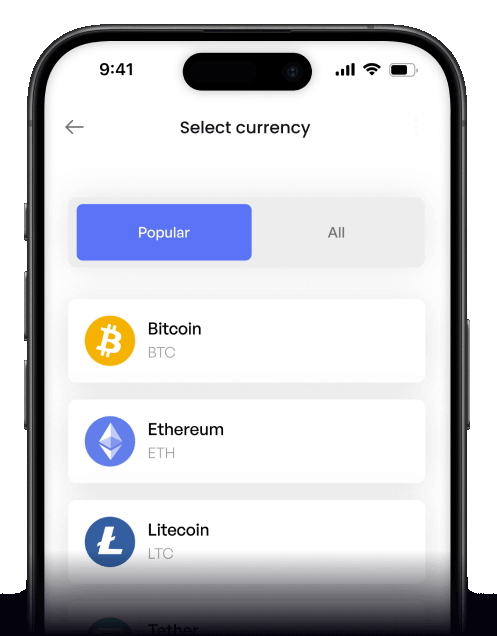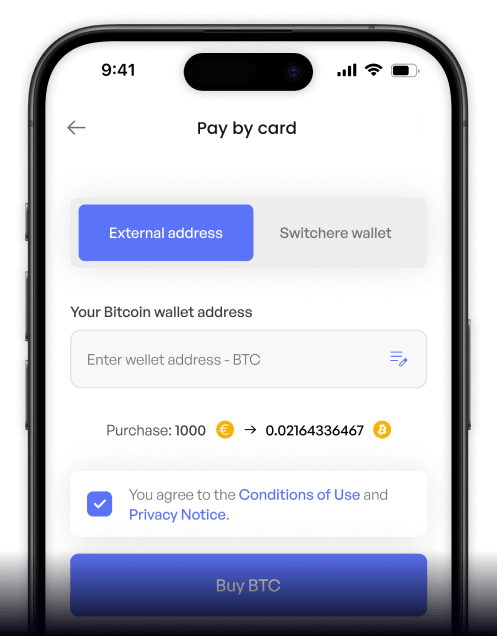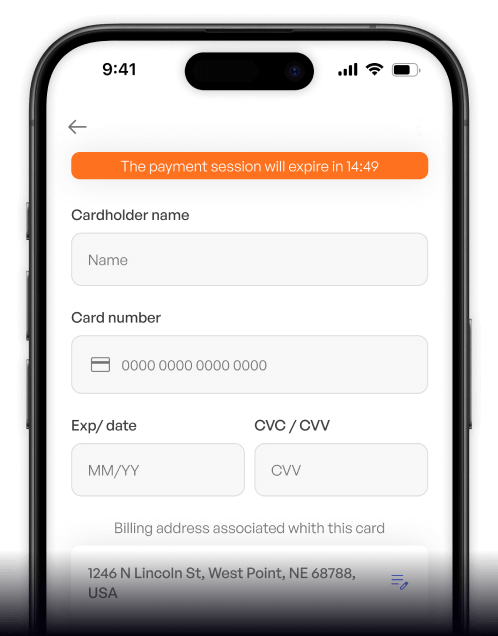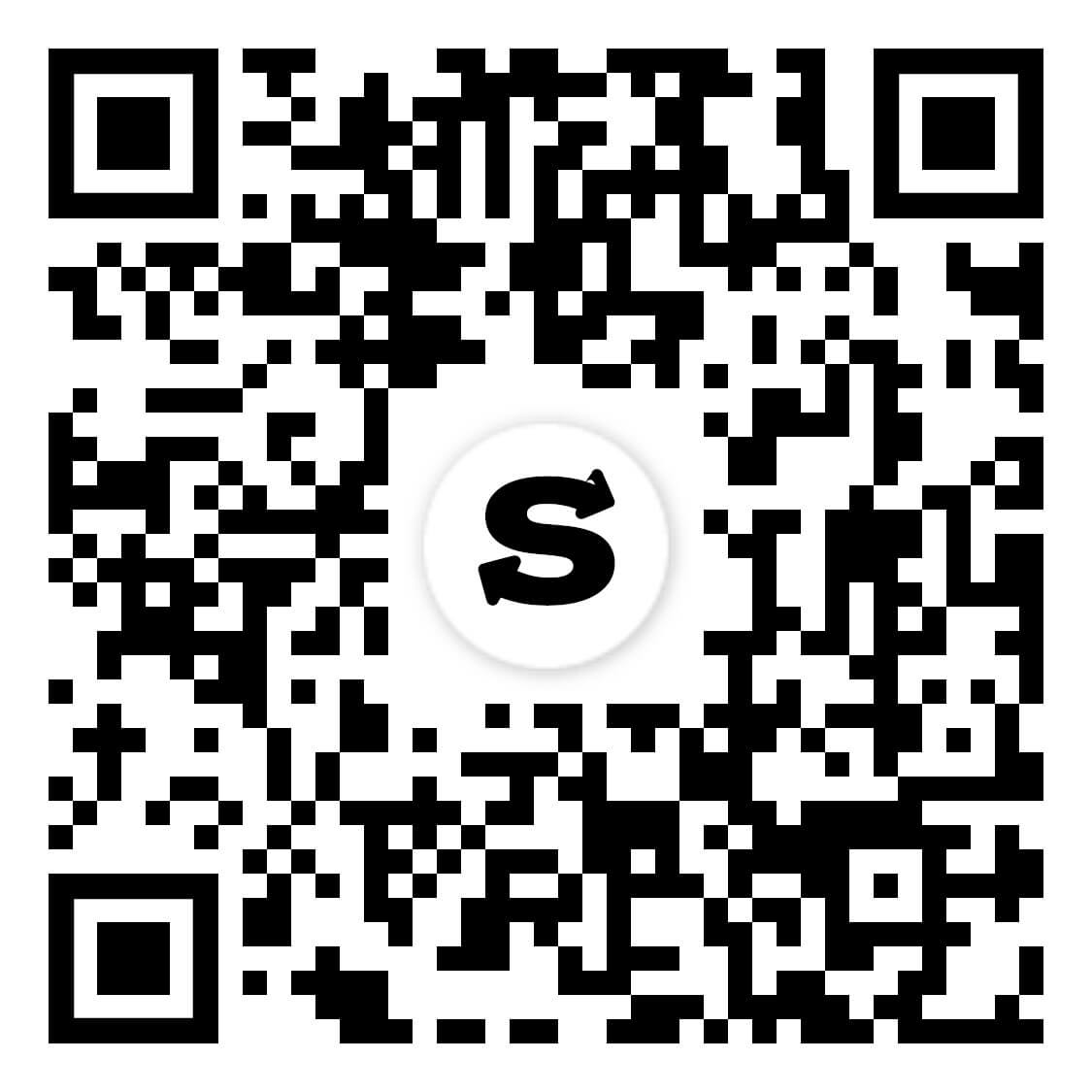Convert
Morocco Dirham (MAD) to Cardano (ADA) Instantly
Purchase Cardano (ADA) with Morocco Dirham (MAD) easily at Switchere and benefit from fast, secure transactions.
About
Cardano (ADA)
Cardano (ADA) is a third-generation blockchain platform focused on creating a secure, scalable, and sustainable ecosystem for decentralized applications (dApps) and smart contracts. Built using a research-driven approach and peer-reviewed scientific principles, Cardano distinguishes itself with its dual-layer architecture, where the Cardano Settlement Layer (CSL) handles transactions with ADA, its native cryptocurrency, while the Cardano Computation Layer (CCL) powers smart contracts and dApp functionalities. This separation enhances both security and scalability, allowing ADA to support complex applications without compromising transaction efficiency. Cardano's unique proof-of-stake consensus mechanism, Ouroboros, reduces energy consumption compared to proof-of-work blockchains, making ADA an environmentally sustainable choice. The Cardano ecosystem is dynamic, with projects spanning DeFi, NFTs, and governance protocols, and is actively developed by a committed community led by Input Output Global (IOG), Cardano Foundation, and Emurgo.
How to Buy Cardano (ADA)
Popular Coins for Morocco Dirham (MAD)
Other Coins for Morocco Dirham (MAD)
Frequently asked questions
-
What are the primary methods for purchasing Cardano (ADA) with Moroccan Dirham (MAD)?
Directly purchasing Cardano (ADA) with Moroccan Dirham (MAD) is uncommon on major exchanges due to regulatory constraints. The most prevalent method is using peer-to-peer (P2P) platforms where you can find sellers willing to accept MAD via local bank transfers. Another common strategy is to use an international cryptocurrency exchange, purchase a stablecoin like USDT with a supported currency, and then trade that stablecoin for ADA on the platform's order book. -
What is the utility of holding ADA tokens within the Cardano proof-of-stake ecosystem?
ADA is the native digital asset of the Cardano blockchain. Its primary utility includes participating in the network's Ouroboros proof-of-stake consensus mechanism through staking. By staking ADA, you help secure the network and can earn rewards each epoch. Additionally, ADA is used to pay for transaction fees and for the execution of Plutus smart contracts, which power decentralized applications (dApps) and native tokens within the growing Cardano ecosystem. -
Why isn't a direct MAD/ADA trading pair commonly available on global crypto exchanges?
A direct MAD/ADA pair is rare due to two main factors: low liquidity and regulatory complexity. Most global exchanges focus on major fiat currencies (like USD, EUR) which have high trading volume. Listing a pair like MAD/ADA requires significant market maker interest to maintain a healthy order book. Additionally, navigating Moroccan financial regulations for a direct fiat on-ramp can be challenging for international platforms, making P2P or stablecoin gateways a more practical solution for users. -
How does Cardano's eUTXO model affect smart contract transactions compared to other blockchains?
Cardano uses an Extended Unspent Transaction Output (eUTXO) model, which differs from the account-based model of blockchains like Ethereum. This design provides greater determinism; the outcome and cost of a transaction using a Plutus script are predictable before it's submitted to the blockchain. This enhances security by minimizing unexpected smart contract behaviors and failures, offering a more robust foundation for building complex decentralized applications (dApps). -
What are the security best practices after acquiring ADA tokens?
After purchasing ADA, it is critical to prioritize self-custody. Do not leave your digital assets on an exchange long-term. Transfer your ADA to a dedicated Cardano digital wallet where you control the private keys. For maximum security, consider a hardware wallet. Always back up your wallet's seed phrase offline in multiple secure locations and never share it with anyone. This ensures that only you have access to your funds on the Cardano blockchain.
Could not find the answer to your question? Describe your issue in






